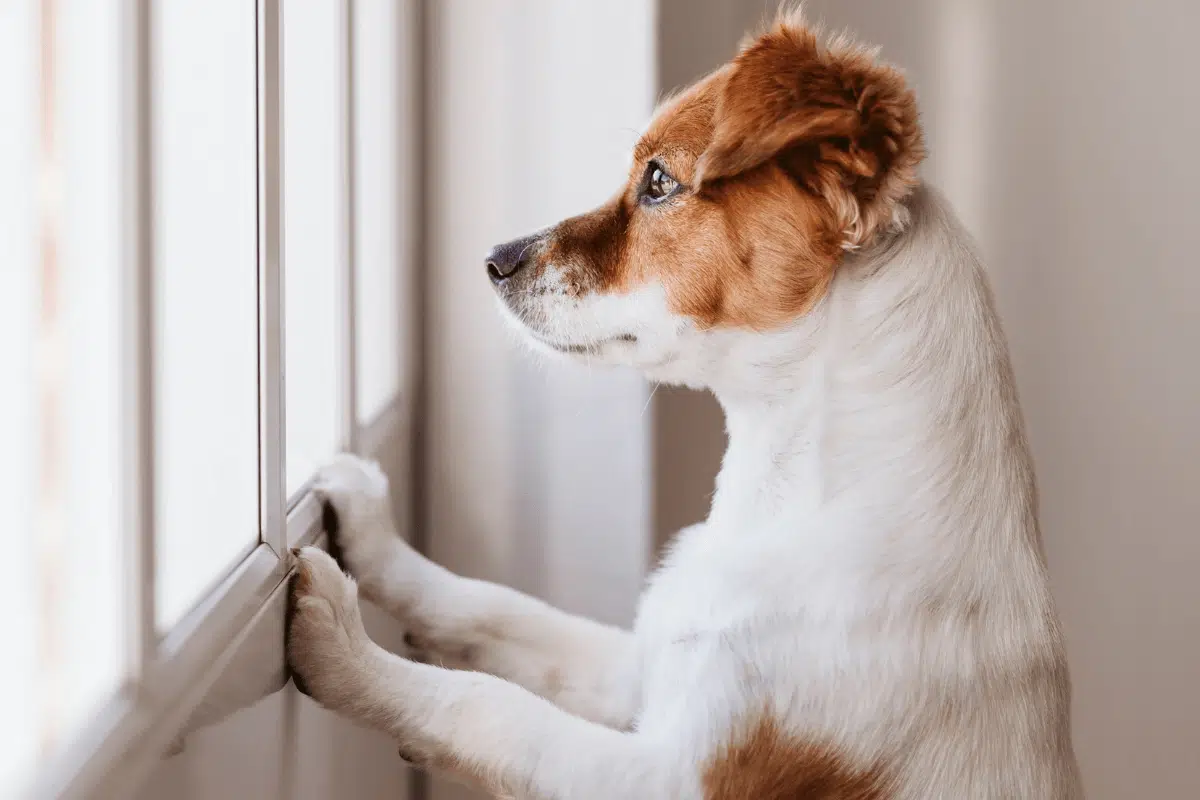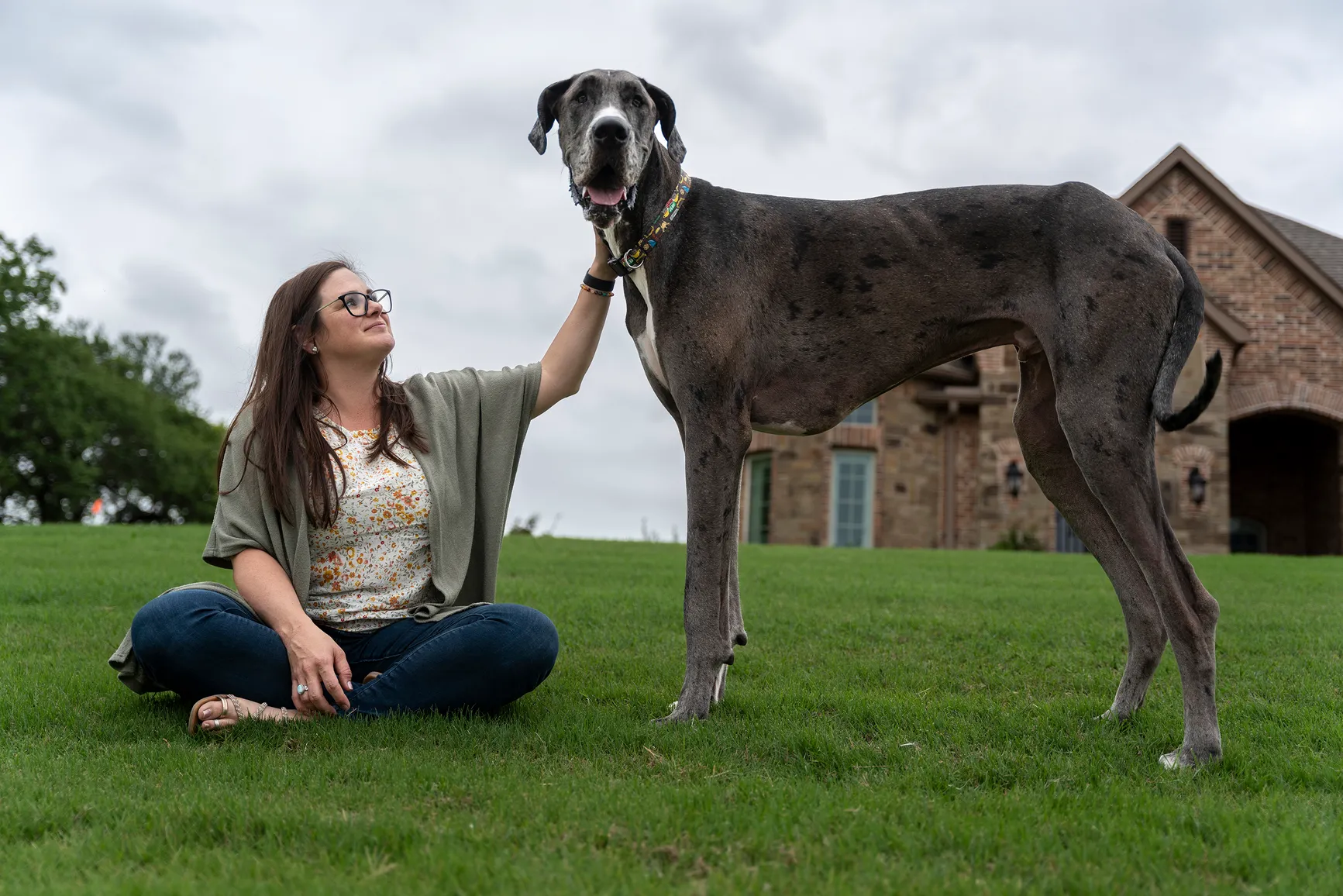Traveling with your dog can be a delightful experience, but for many pets, it can also induce anxiety. Just like humans, dogs can feel stressed when faced with new environments, unfamiliar sounds, and changes in routine. Whether you’re going on a road trip, a vacation, or simply visiting the vet, it’s essential to prepare your dog for the journey to help minimize travel anxiety. Here’s a comprehensive guide on how to prevent travel anxiety in dogs and ensure a smooth trip for both you and your furry companion.
Understanding Travel Anxiety in Dogs
Before diving into prevention strategies, it’s essential to understand why some dogs experience travel anxiety. Common causes include:
- Lack of Familiarity: New places, smells, and sounds can be overwhelming for dogs.
- Motion Sickness: Some dogs may experience nausea during car rides, contributing to their anxiety.
- Separation Anxiety: Dogs that are used to being around their owners might feel stressed when confined in a vehicle or carrier.
- Negative Past Experiences: If a dog has had a traumatic experience related to travel (like a rough car ride or a visit to the vet), they may associate travel with fear and anxiety.
Recognizing the signs of travel anxiety is crucial. Symptoms can include excessive barking, drooling, panting, pacing, whining, or even attempts to escape. Understanding your dog’s triggers will help you implement effective strategies to alleviate their stress.
1. Start with Gradual Introductions
One of the most effective ways to prevent travel anxiety is to gradually introduce your dog to the vehicle and the travel process. Start by allowing your dog to explore the car when it is stationary. Open the doors and encourage them to hop inside. Reward them with treats and praise for being calm and exploring their surroundings. Once they seem comfortable, you can begin to take short trips around the neighborhood, gradually increasing the duration of the trips. This helps your dog associate the car with positive experiences rather than stress.
2. Create a Comfortable Space
Ensure your dog has a comfortable space in the vehicle. This can include:
- Using a Secure Crate: A crate can provide a safe and familiar environment. Place their favorite blanket or toy inside to make it more inviting.
- Dog Seat Belt or Harness: If you don’t use a crate, a dog seat belt or harness can help secure your pet and prevent them from roaming, which can reduce anxiety.
- Familiar Items: Bring along familiar items like their bed or toys to provide comfort during the journey. The presence of familiar scents can be calming for dogs.
3. Practice Positive Reinforcement
Using positive reinforcement techniques can significantly reduce your dog’s anxiety. Reward calm behavior with treats and praise throughout the journey. If your dog remains calm in the car, give them a treat and praise them. If they exhibit anxious behavior, avoid scolding them, as this can increase their stress. Instead, redirect their attention to a toy or calming music and reward them when they relax.
4. Use Calming Aids
Several calming aids can help alleviate anxiety in dogs. Consider the following options:
- Natural Remedies: Products containing natural ingredients like chamomile, valerian root, or lavender can help soothe anxious dogs. These can come in the form of treats, sprays, or supplements.
- Thundershirts: These anxiety-reducing vests apply gentle, consistent pressure to your dog’s body, which can have a calming effect.
- Pheromone Diffusers: Pheromones mimic the calming scents produced by mother dogs, helping to reduce anxiety. You can use pheromone sprays or collars during travel.
- Prescription Medications: In severe cases, consult your veterinarian about anxiety medications that may be appropriate for your dog.
5. Plan Ahead for Longer Trips
If you’re planning a longer journey, make sure to plan ahead to keep your dog comfortable. Here are some tips:
- Frequent Breaks: Schedule regular stops to allow your dog to stretch their legs, relieve themselves, and drink water. This will also give them a chance to explore their surroundings, which can be a fun distraction.
- Hydration and Snacks: Bring along water and snacks to keep your dog hydrated and satisfied during the journey. Having familiar food can help reduce stress.
- Temperature Control: Ensure the vehicle is well-ventilated and kept at a comfortable temperature. Dogs can easily overheat in a hot car, leading to increased anxiety.
6. Visit the Vet Before Traveling
A pre-trip visit to the veterinarian can help ensure your dog is healthy and ready for travel. Discuss any concerns about motion sickness or anxiety, and seek advice on appropriate calming aids. Additionally, ensure your dog is up to date on vaccinations and flea/tick preventatives, especially if you’ll be traveling to new areas.
7. Be Mindful of Your Own Behavior
Dogs are incredibly perceptive and can pick up on their owner’s emotions. If you’re anxious about traveling, your dog may sense this and become anxious as well. Stay calm and relaxed during the journey, and maintain a positive demeanor. Your attitude can significantly influence your dog’s feelings about travel.
8. Explore Dog-Friendly Destinations
If you’re planning a trip, consider choosing dog-friendly destinations and accommodations. Research parks, trails, and attractions that welcome pets. Familiar environments can make your dog feel more at ease and reduce anxiety. Engaging in activities that allow your dog to explore and socialize can also help them associate travel with positive experiences.
9. Familiarize with New Places
When you arrive at a new destination, take some time to acclimate your dog. Allow them to explore the area at their own pace. Start with short walks in the vicinity to help them become familiar with the new environment. This gradual introduction can help reduce anxiety and make them feel more secure in the new space.
10. Monitor and Adjust
After traveling, take note of your dog’s behavior. Did they exhibit anxiety? Were there specific triggers? Understanding your dog’s response to travel can help you adjust your strategies for future trips. Continuous monitoring will enable you to find what works best for your dog and create a more enjoyable travel experience over time.
Conclusion
Preventing travel anxiety in dogs requires patience, preparation, and a positive approach. By gradually introducing your dog to the travel process, creating a comfortable environment, and using calming aids, you can significantly reduce their anxiety. Remember that every dog is unique, and what works for one may not work for another. By understanding your dog’s needs and triggers, you can ensure that your travel experiences together are enjoyable and stress-free. With the right strategies in place, both you and your furry friend can embark on many happy adventures together.





